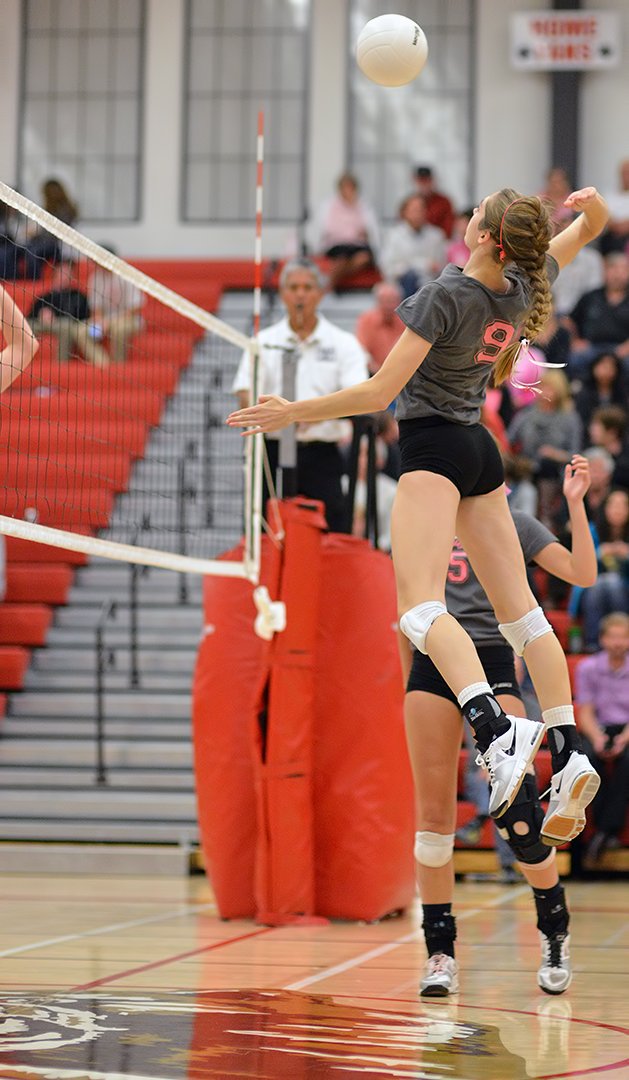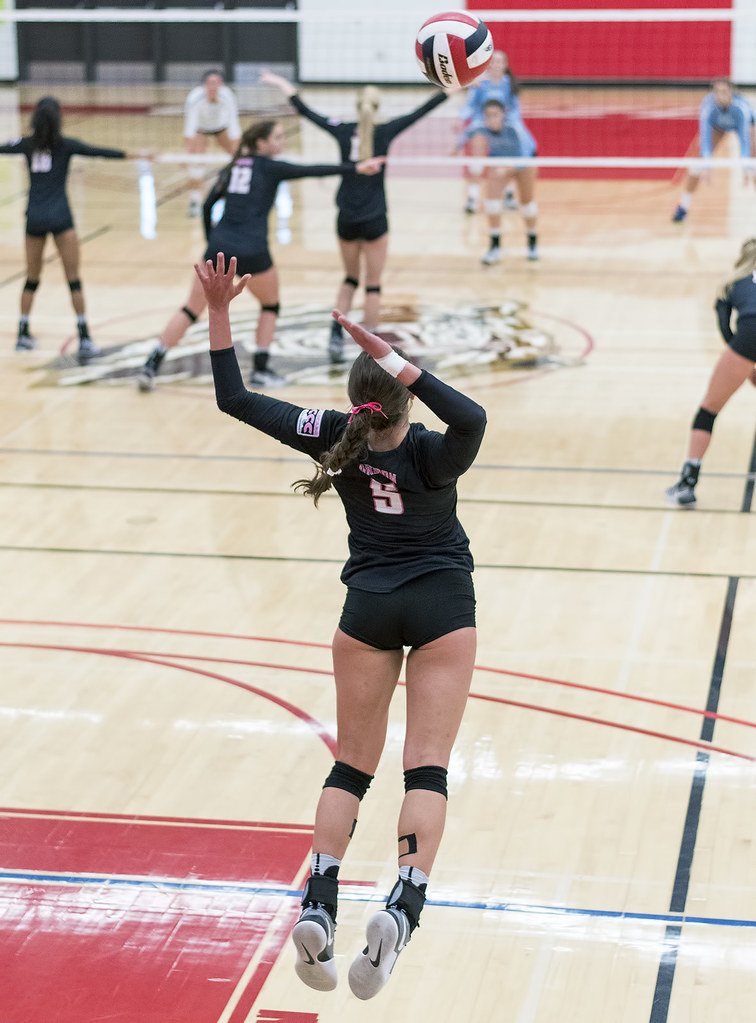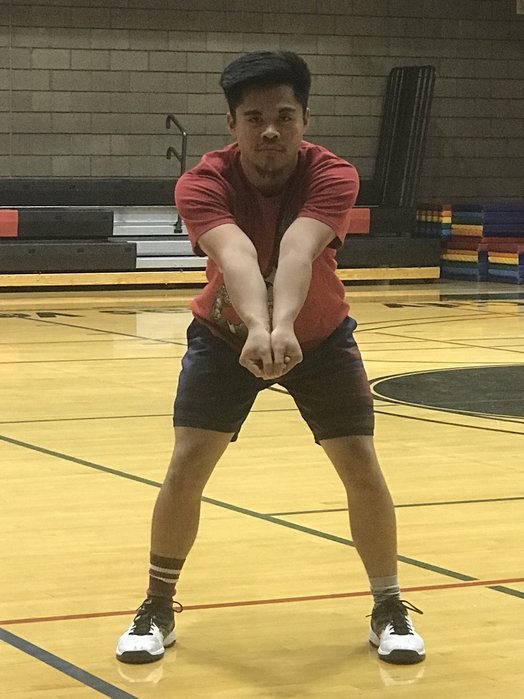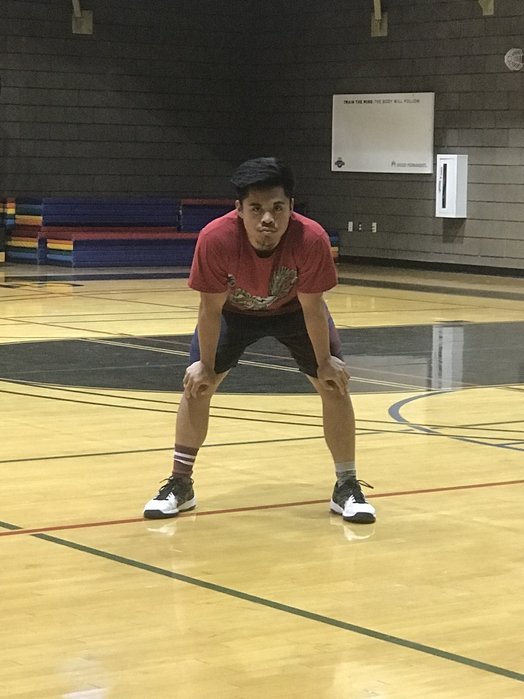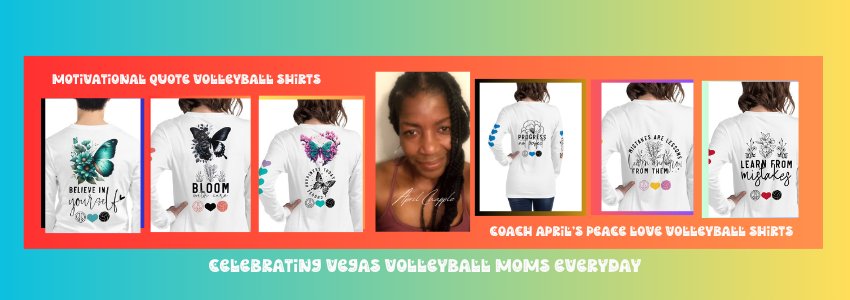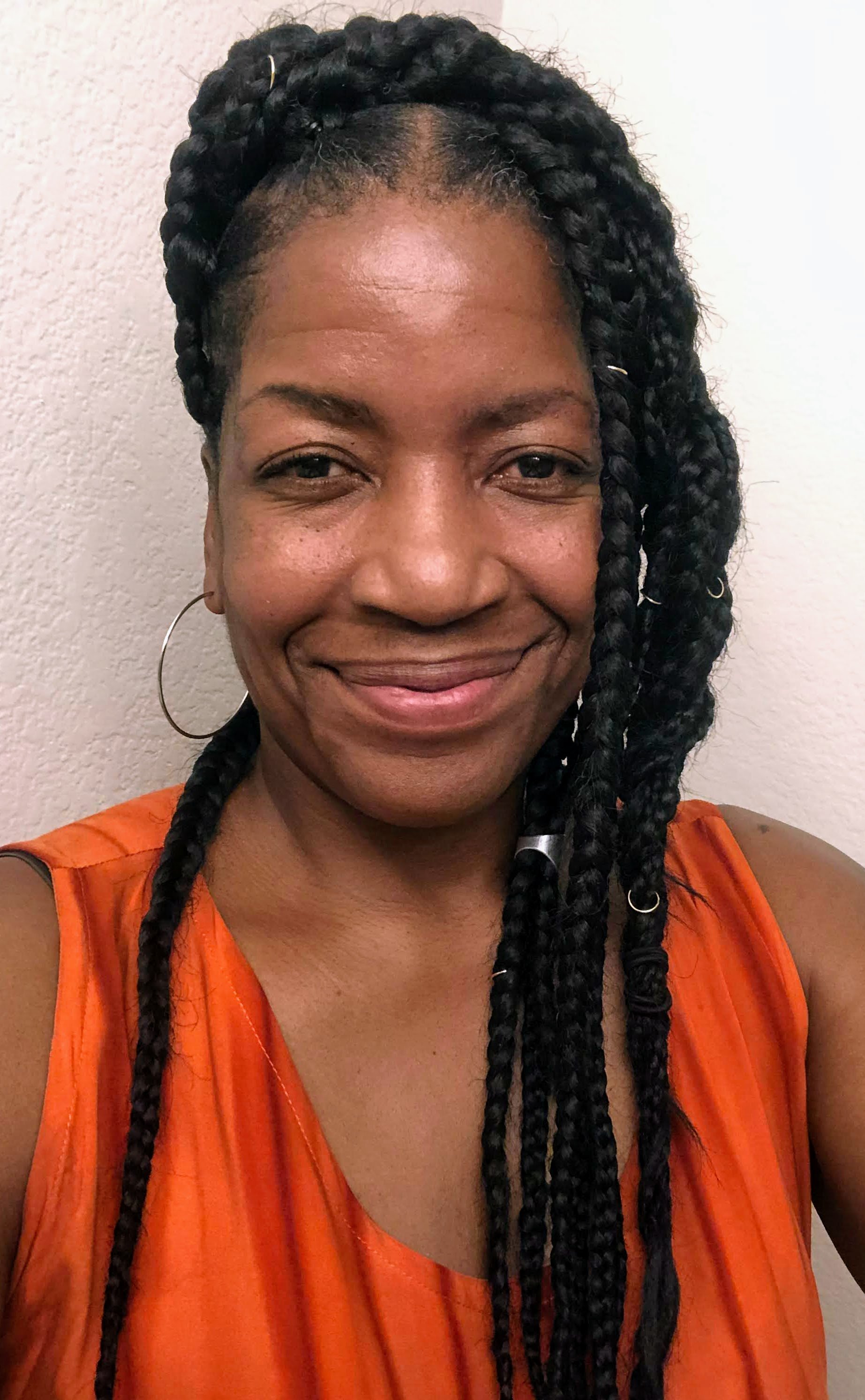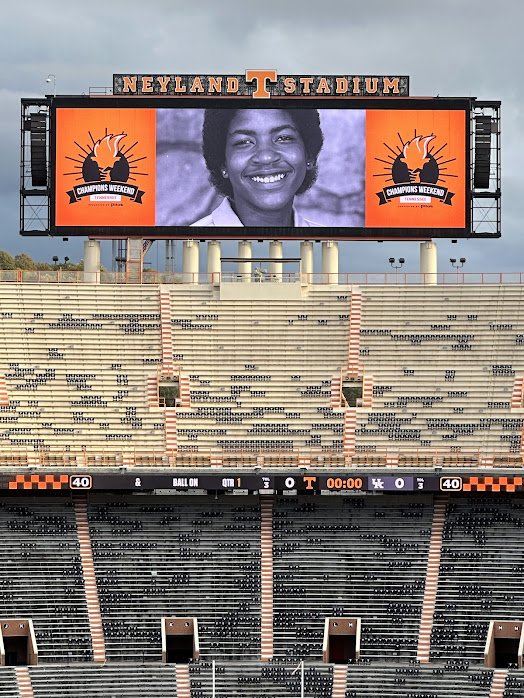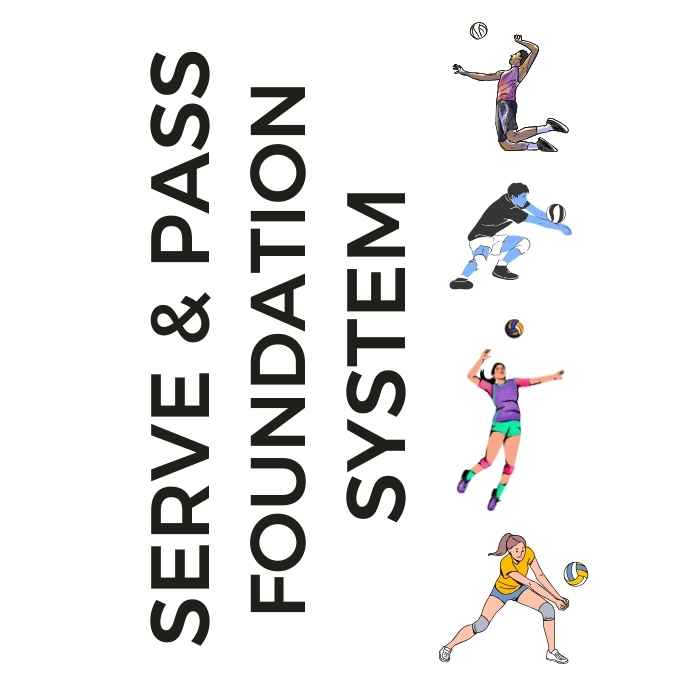
Serve + Pass Foundation System: The Complete Skills Arsenal The two-skill mastery system that transforms inconsistent players into the athletes coaches build their lineups around. Stop Struggling With The Two Most Important Skills In Volleyball!
- Improve Your Volleyball with Coach April
- Volleyball Techniques Fix Your Pass, Set, Serve,
Volleyball Techniques
Fix Your Pass, Set, Serve, Dig, Block And Hit
This list of volleyball techniques are passing, serving, hitting, setting, digging and blocking specific skills high school players use to score points in games.
When you're a JV or B team player who's learned the basic techniques for the six skills
the next thing you need to do is improve how you do the specific techniques while performing these skills so you can move on to the next level..you know...like varsity.
The difference between varsity players and JV/B team players is usually just that..being
- faster
- stronger
- more consistent
- more aggressive
- more confident
Most beginner/intermediate players have very specific problems that they need to improve before moving on to the advanced varsity level like doing
- the skills faster or with
- more power or with
- more consistency
Here's a description of specific volleyball techniques that usually pose a problem for beginner or intermediate players.
Improve these skills and you will be much closer to becoming a more advanced player.
Volleyball Techniques
for Serving
High Five Flat Hand Contact On The Ball
One of the most important volleyball serve techniques I constantly repeat in semi-private training and Boot Camp classes which almost instantly improves float serve consistency is how your serving hand should contact the ball.
To produce more float action the middle of your flat serving hand should make contact with the middle of the ball.
Once you've completed your pre-serving ritual and have tossed the ball, you want to watch your serving hand contact the ball.
This increases your chances of contacting the ball in best spot in order to produce the "no spin, lots of float" action on the ball.
Volleyball Techniques
for Passing
Techniques for Passing
The forearm pass in volleyball is a reception technique used mostly during the first contact in a rally by a player on the offensive team in serve receive that's just been served the ball.
The pass is made when you clasp your hands together, one closed fist inside the other hand that wraps around the fist and with both thumbs pointed to the ground.
The technique of keeping your thumbs pointed to the ground, keeps your elbows straight which is needed to create a flat surface on which the ball contacts your arms, above your wrists and below the inside of your elbows.
Your legs are shoulder width apart in a balanced athletic position once you've moved to where you see the ball is going to land in your court and you position your body behind the ball after its crossed the net.
To make the pass, you use your angled platform "arms" to control or angle the ball to the target, usually your setter who's waiting in Zone 3 near the net.
Whether you call it the bump, the serve receive, the underhand pass or the forearm pass every player needs to master the art of ball control in order to perform this offensive technique effectively in both beach or indoor volleyball.
Coach April Chapple's 100 Volleyball Passing Tips For Youth Volleyball Players
 MY PASSING EBOOK QUICKLY HELPS YOU IMPROVE YOUR PASSING SKILLS. Learn how to perform one of the most important skills you need to know to gain more playing time on the court!
MY PASSING EBOOK QUICKLY HELPS YOU IMPROVE YOUR PASSING SKILLS. Learn how to perform one of the most important skills you need to know to gain more playing time on the court!Volleyball Techniques for Hitting
Attacking Techniques
As a player you want to begin to develop good attacking techniques in volleyball early in your career when hitting so when you get blocked you can rely on an assortment of different hitting strategies to use so you'll always be able to beat the block and get past the defense so you can score points regularly.
So if one spiking technique or attack shot doesn't work then you can try another off-speed shot or hard hitting option you've practiced during your spike training.
Mixing up the areas of the court you hit to by attacking the ball to a different area of the court, is another smart attacking technique in volleyball to do so that you will be successful at earning your sideout or point.
Volleyball Techniques for Digging
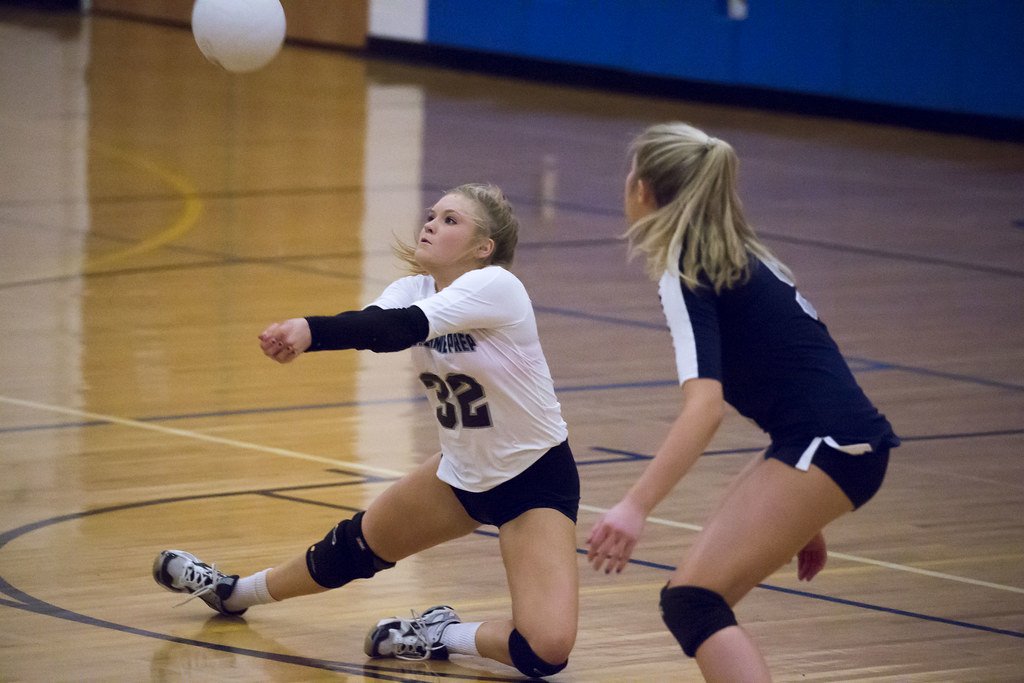 To dig a volleyball you need to create a platform with your forearms which you use to deflect or redirect a spike, tip or hard driven hit back up to your setter, libero or teammate. (Keith Allison)
To dig a volleyball you need to create a platform with your forearms which you use to deflect or redirect a spike, tip or hard driven hit back up to your setter, libero or teammate. (Keith Allison)Techniques for Digging
To dig a volleyball you need to create a platform with your forearms which you use to deflect or redirect a spike, tip or hard driven hit back up to your setter, libero or teammate.
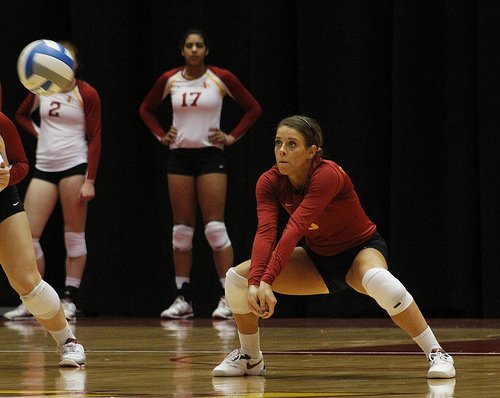 To dig a volleyball you need to create a platform with your forearms which you use to deflect or redirect a spike. (Matt Van Winkle)
To dig a volleyball you need to create a platform with your forearms which you use to deflect or redirect a spike. (Matt Van Winkle) Volleyball Techniques for Blocking
How To Penetrate Your Arms and Shoulders Over the Net
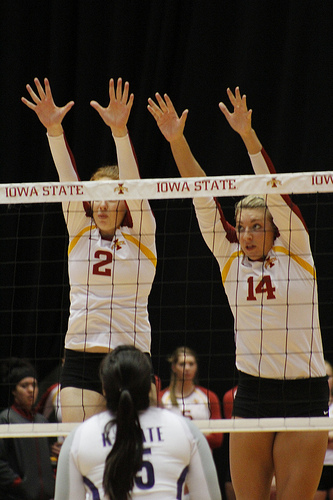 Blockers Volleyball Techniques Like How To Penetrate Arms and Shoulders Over the Net (Matt Van Winkle)
Blockers Volleyball Techniques Like How To Penetrate Arms and Shoulders Over the Net (Matt Van Winkle)Another way to maximize your vertical jump when you are learning how to block a volleyball is for you to keep your arms and shoulders fully extended over the net, without touching it for as long as you are jumping.
So don't put your arms up there and then pull them away before you've completed your block jump.
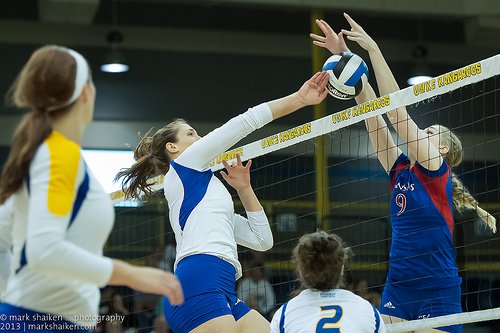 Blockers Volleyball Techniques: So don't put your arms up there and then pull them away before you've completed your block jump. (ShakesKC)
Blockers Volleyball Techniques: So don't put your arms up there and then pull them away before you've completed your block jump. (ShakesKC)If you do that, you are defeating the purpose for blocking and you will confuse the defensive players that are in the back court behind you.
Hold your arms at their full extension throughout the duration of your block jump, then when you land, land back down into a starting "Tiger Hands " position in case you have to block jump again.
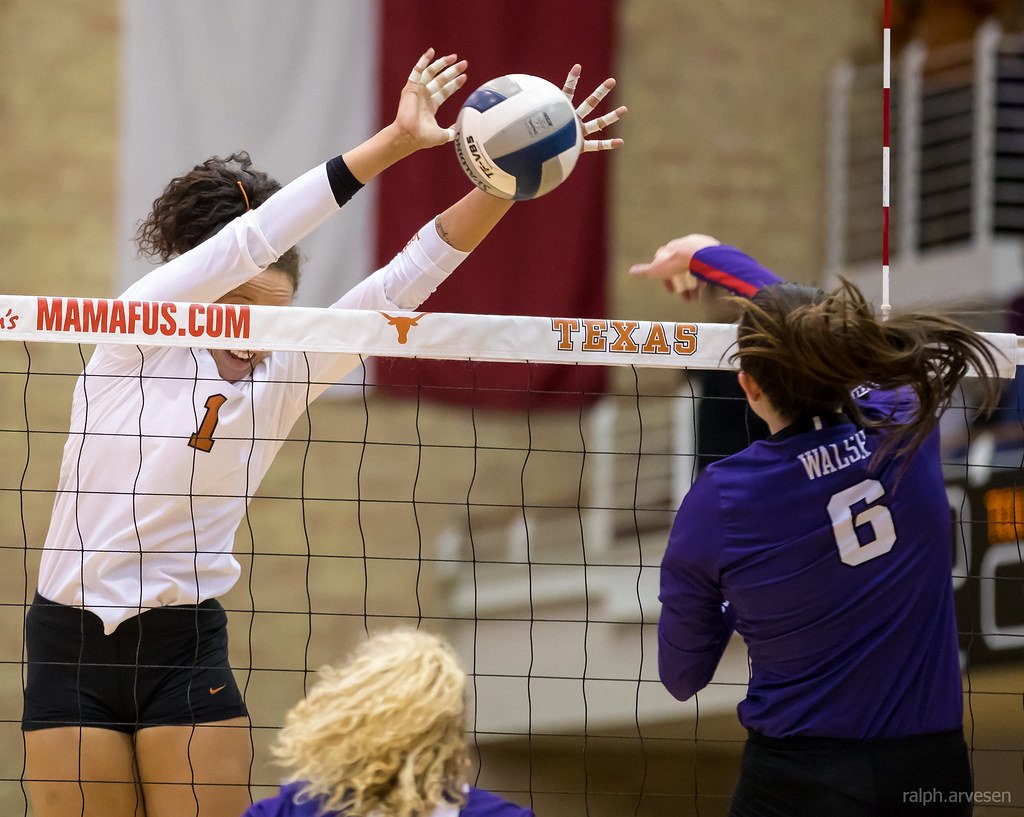 Volleyball Techniques for Blocking: Keep your arms and shoulders fully extended over the net, without touching it for as long as you are jumping. (Ralph Arvesen)
Volleyball Techniques for Blocking: Keep your arms and shoulders fully extended over the net, without touching it for as long as you are jumping. (Ralph Arvesen)Volleyball Techniques for Setting
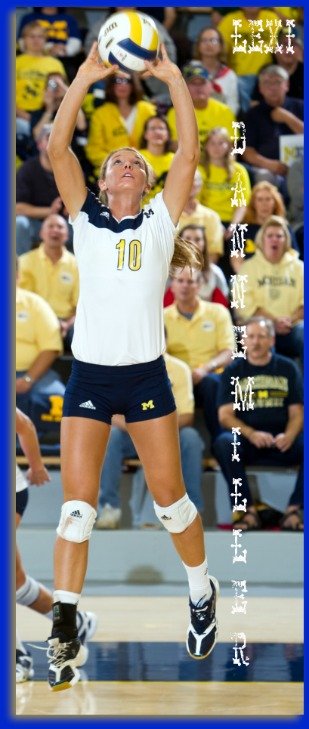 Line your body up underneath the ball starting with your forehead. So if you were to let the ball drop, it would drop on the flat part of your forehead and bounce right back up into the air.
Line your body up underneath the ball starting with your forehead. So if you were to let the ball drop, it would drop on the flat part of your forehead and bounce right back up into the air.Volleyball Techniques for Setting
Two things to avoid when setting...
- Avoid leaning towards the ball, either to your right or to your left underneath the ball.
- Also avoid leaning forward stretching your torso so your butt sticks out in an effort to reach for the ball without moving your feet.
You want to line your whole body up underneath the ball starting with your forehead.
So if you were to let the ball drop, it would drop on the flat part of your forehead and bounce right back up into the air.
Try that, its a great setting volleyball drill.

This has been an important message by your favorite volleyball coach! That's me!!
Thanks for visiting.
Be sure to check out more of my volleyball articles by clicking one of the links below! (April Chapple)
Do You Follow Me on Instagram?
Follow me on Instagram @coach_apchap to improve your game even faster!
I share alot of individual, partner and easy-to-do volleyball serving drills we do in class with my followers.
Many of these volleyball practice drills you can do at home by yourself or try at your next practice with your teammates.
If you're a B team or JV player trying to make varsity next year...your goal should be to complete 1000 reps a day of at least three of the basic skills on your own...volleyball passing, serving and setting should be at the top of the list.
Volleyball Techniques: Where Do you Go From Here?
Your three options are:
- You can learn more about Serving by visiting the related links below.
- Follow the suggested reading on our Sitemap page Learning How To Play (Sitemap)
- Or visit the pages in the How to Play Volleyball section in the drop down menu at the top of the page to get started.
- Before leaving this page Say "Hi" to Miss Tattoo the Tiger wearing the #9 jersey below. Miss Tattoo is the starting defensive and serving specialist for the All Beast VolleyBragSwag All Star team.
If your athlete struggles with consistent serve receive, gets subbed out, or is overlooked for playing time—this is the fix you’ve been looking for.

Struggling with passing consistency?
I help talented passers tired of getting pulled from games because of inconsistent serve receive skills BUILD passing confidence without expensive private lessons using the same 3-step system that's helped dozens of my athletes get recruited.
Download my eBook for $17.99 and start building the passing confidence that keeps you on the court—and gets you seen by college coaches.
From Lady Vol to Legend: Coach April Produces Powerful Passionate Players...is that you?
What Are You Looking For?
Click to Download Your Pre Serving Ritual Mastery Checklist pdf:
🎯Volleyball Pre Serving Ritual Guide -
Players! Learn How To Transform Your Serve from Weak to Weapon
Click to Download Your Parent's Volleyball Serving Checklist pdf
🎯Parent's Volleyball Serving Checklist Guide
Parents! Help Your Player Develop Championship Serves (Even If You've Never Played)
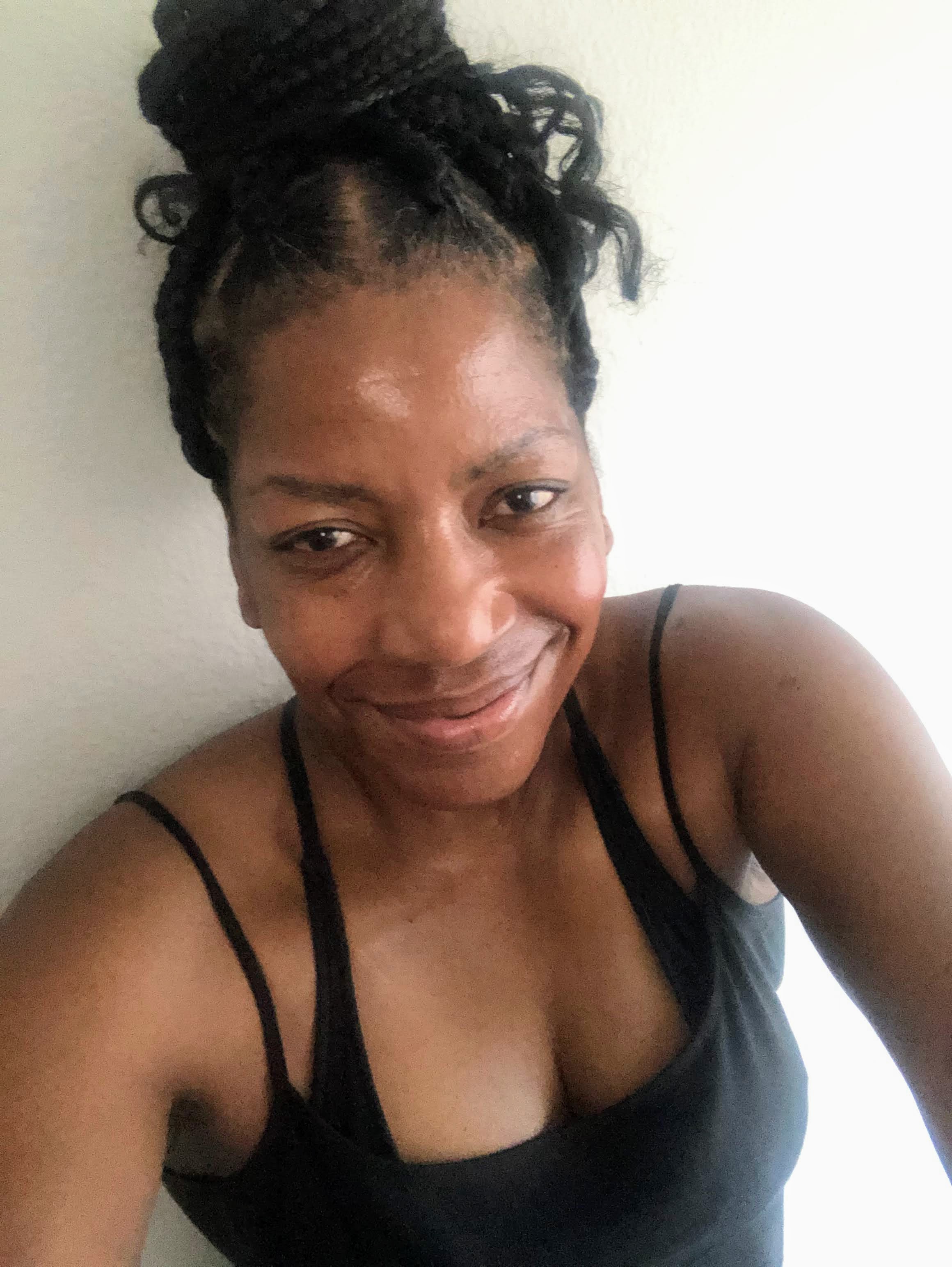
Hi there!
Thanks for stopping by. Hope you learned something today that will help you reach your volleyball goals.
Be sure to subscribe to my email newsletter so you can learn more each week!
Stay strong! Stay motivated!
-Coach April
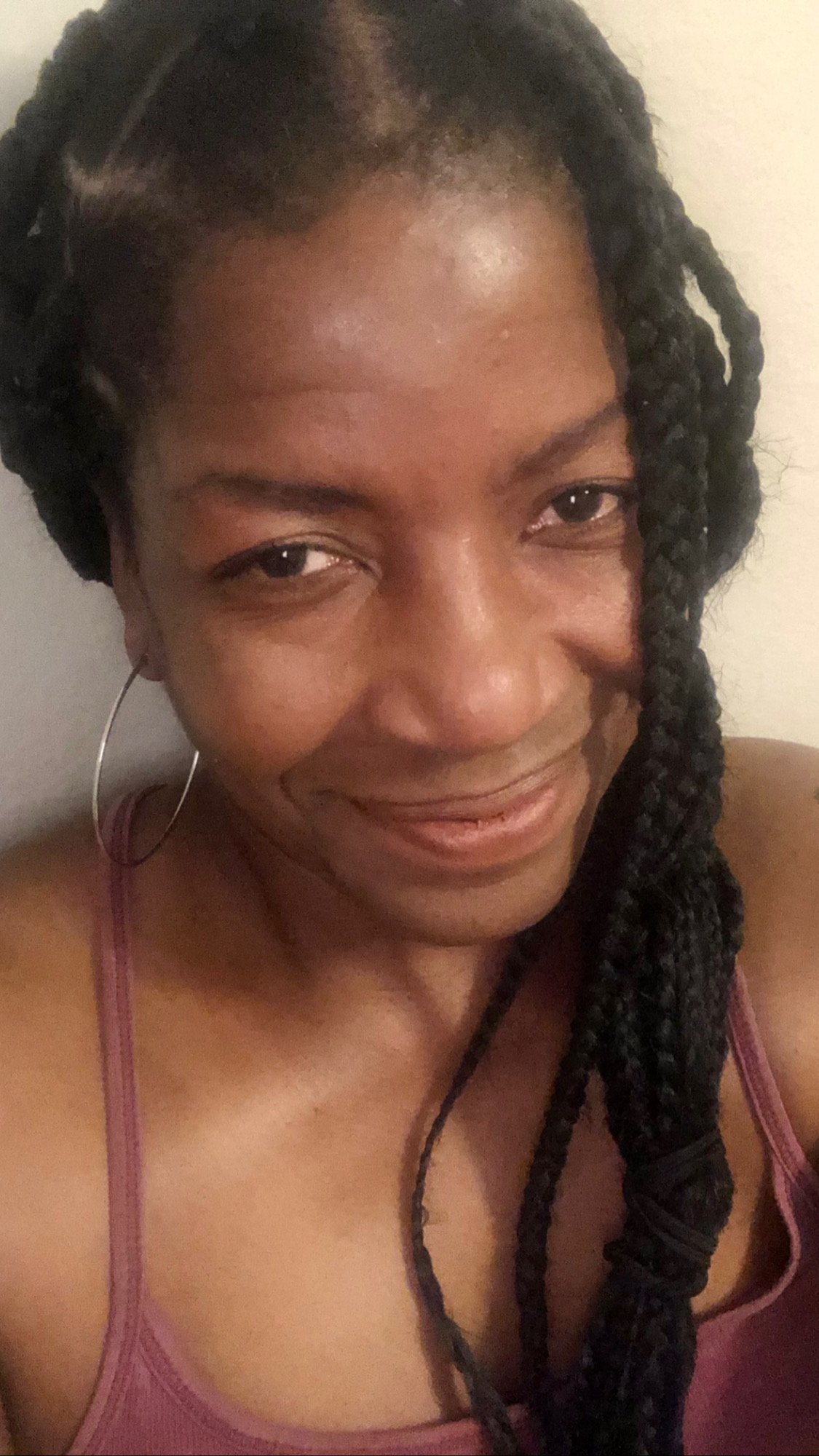
SUSCRIBE to my email newsletter below!
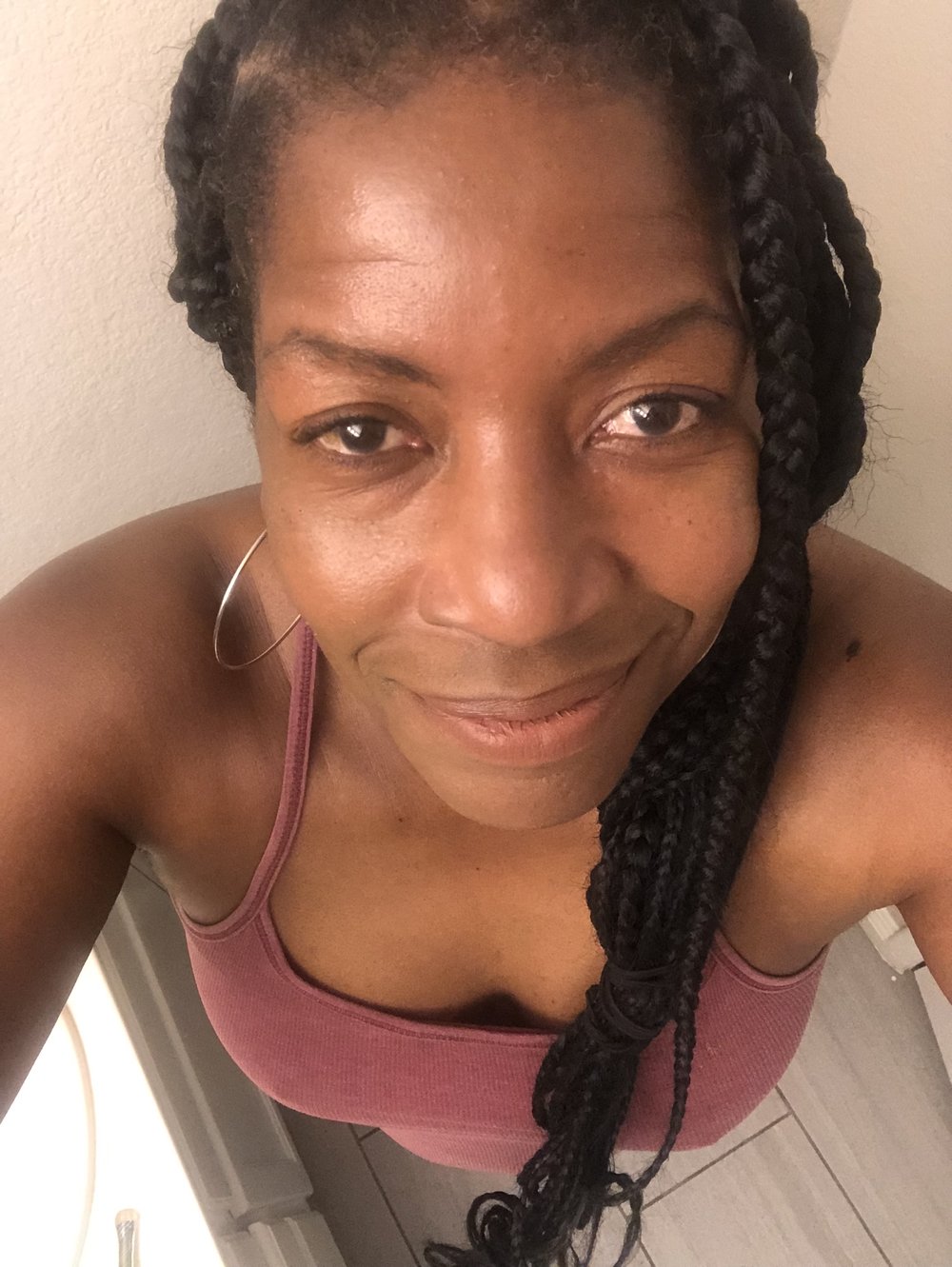 Click to learn more about the weekly volleyball classes and clinics or email info@imrpoveyourvolley.com for information
Click to learn more about the weekly volleyball classes and clinics or email info@imrpoveyourvolley.com for informationCongratulations to my seven Boys-18s Vegas Volley club players who played in two state championship finals yesterday, the 3A and 5A State champinship finals at Sunrise Mountain High School.
TOURNAMENT CHAMPIONS!
A-1 Vegas Volley VBC
In It To Win It Tournament
May 2 - 4, 2025 Tournament
Gold Medalists
18s Premier Division
Vegas Volleyball's Unsung Heroes: Celebrating Moms with Peace Love Volleyball Shirts
Ready to energize your volleyball mom journey?
Subscribe to my 'Producing Powerful Passionate Peaceful Players' email list above on ImproveYourVolley.com.
You'll receive energy-boosting tips, exclusive insights from me, Coach April Chapple on maintaining momentum in volleyball.
Let's power up the Vegas volleyball scene together!
Recent Articles
-
3 Beach Volleyball Hand Grips How Do You Hold Your Hands When Passing?
Dec 20, 25 05:32 PM
The purpose of the volleyball hand grip you use to pass a ball is to help keep your elbows straight and to insure you have a very flat and wide a platform. -
5 Essential Serving Tips from Tennessee's #2 Career Aces Record Holder
Dec 09, 25 11:39 PM
I've identified the 5 essential serving tips that separate confident servers from struggling ones and you'll serve with the confidence that creates aces -
The Volleyball Toss How Consistent Is Your Ball Toss Before You Serve?
Dec 07, 25 12:29 AM
The volleyball toss for the overhand serve needs to consistently be two feet up in the air and one foot in front of front foot which puts the ball in front of your serving arm.
